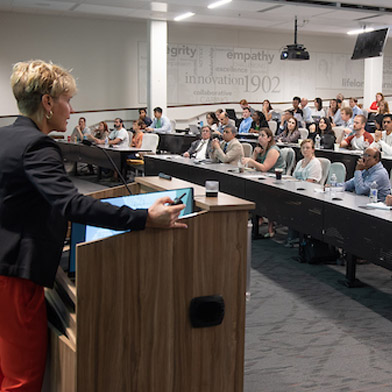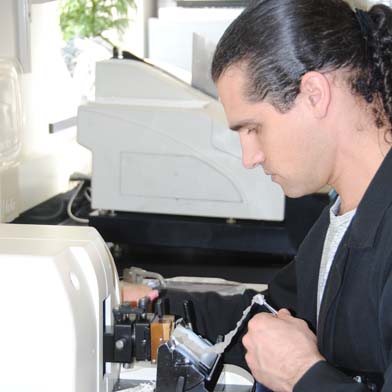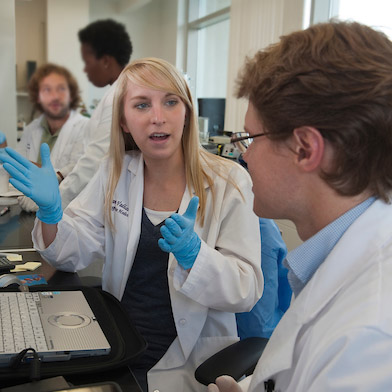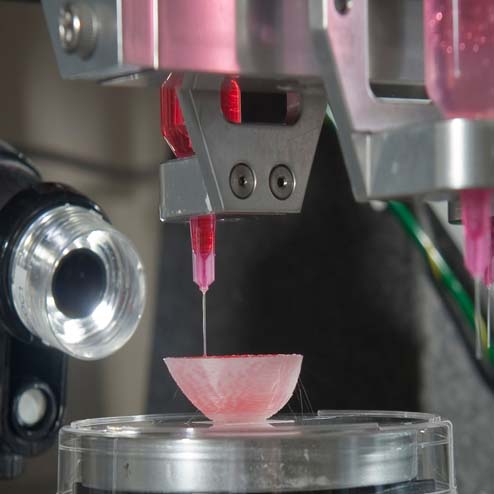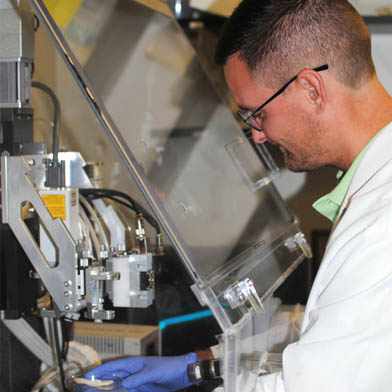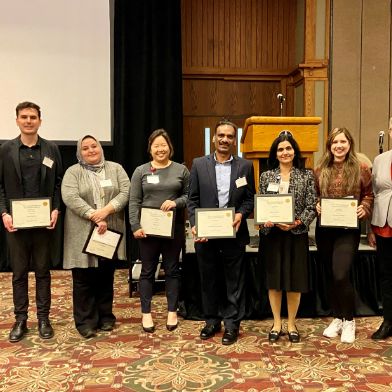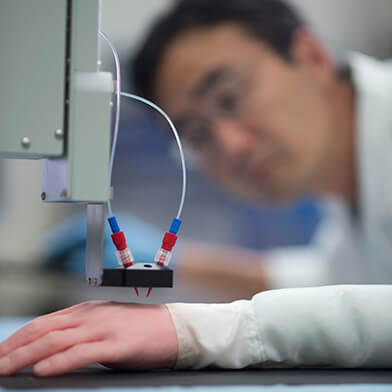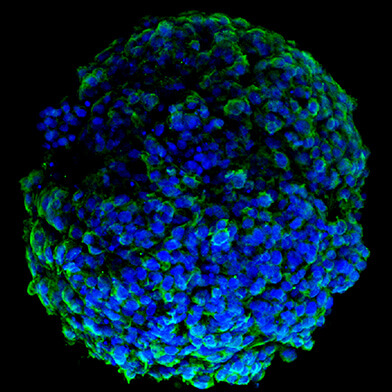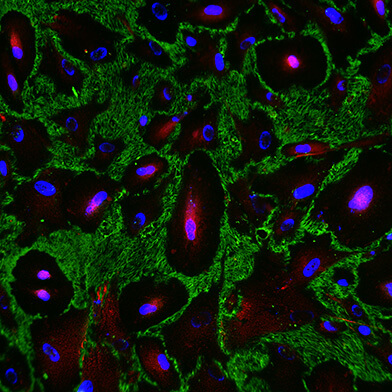The Wake Forest Institute for Regenerative Medicine (WFIRM) is recognized as an international leader in translating scientific discovery into clinical therapies. Physicians and scientists at WFIRM were the first in the world to engineer laboratory-grown organs that were successfully implanted into humans. Today, this interdisciplinary team that numbers about 400 is working to engineer more than 40 different replacement tissues and organs, and to develop healing cell therapies – all with the goal to cure, rather than merely treat, disease.
A number of the basic principles of tissue engineering and regenerative medicine were first developed at the institute. WFIRM researchers have successfully engineered replacement tissues and organs in all four categories – flat structures, tubular tissues, hollow organs and solid organs – and 15 different applications of cell/tissue therapy technologies, such as skin, urethras, cartilage, bladders, muscle, kidney, and vaginal organs, have been successfully used in human patients.
The institute, which is part of Wake Forest University School of Medicine, is located in the Innovation Quarter in downtown Winston-Salem, NC, and is driven by the urgent needs of patients. The institute is making a global difference in regenerative medicine through collaborations with over 400 entities and institutions worldwide, through its government, academic and industry partnerships, its start-up entities, and through major initiatives in breakthrough technologies, such as tissue engineering, cell therapies, diagnostics, drug discovery, biomanufacturing, nanotechnology, gene editing and 3D printing.
Today, we continue to develop replacement tissues and organs, and are also working to speed up the availability of these treatments to patients. For example, we have a support infrastructure, including a clinical manufacturing center, designed to accelerate the translation of discoveries. In addition, we are:
- Leading a multi-center, results-focused program for the military that requires that discoveries be tested and compared so that the most promising therapies can be brought to clinical trials.
- Leading a five-center effort to print mini-organs for drug testing. The lessons learned can be applied to replacement organs for patients.
- Looking to the future by working to apply the principles of modern manufacturing to regenerative medicine.
The Next Evolution of Medical Treatments
Regenerative medicine has been called the "next evolution of medical treatments" by the U.S. Department of Health and Human Services. With its potential to heal, this new field of science is expected to revolutionize healthcare. It is our mission at WFIRM to improve patients' lives by developing regenerative medicine therapies and support technologies.
"We have many challenges to meet, but are optimistic about the ability of the field to have a significant impact on human
health. We believe regenerative medicine promises to be one of the most pervasive influences on public health in
the modern era." Read the full Director's Welcome
- Anthony Atala, MD, Chair and Institute Director


